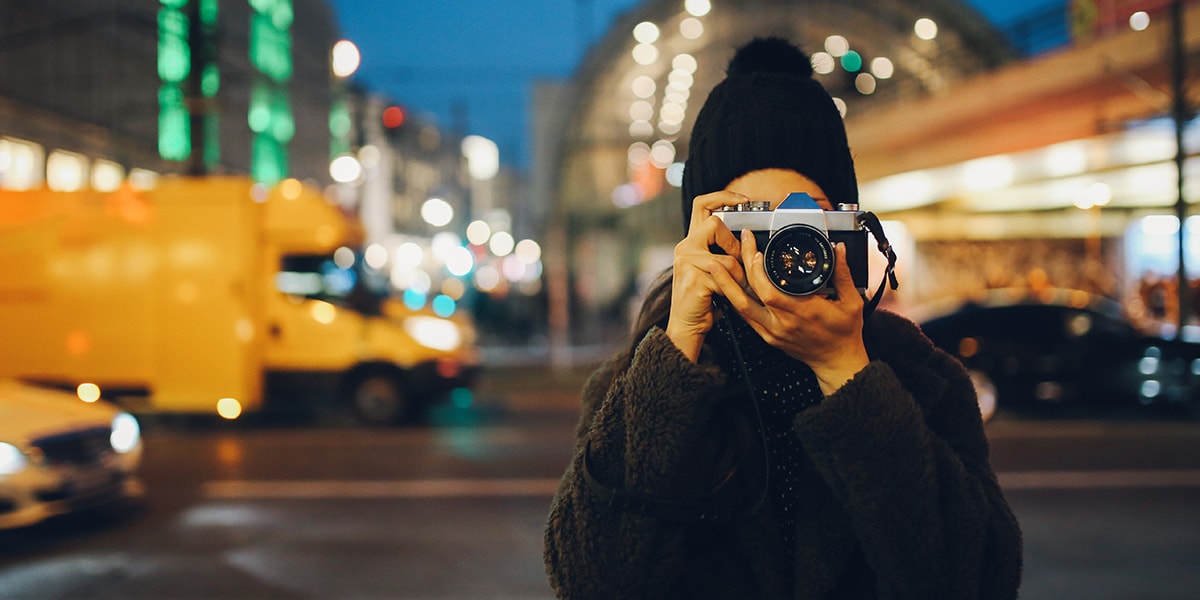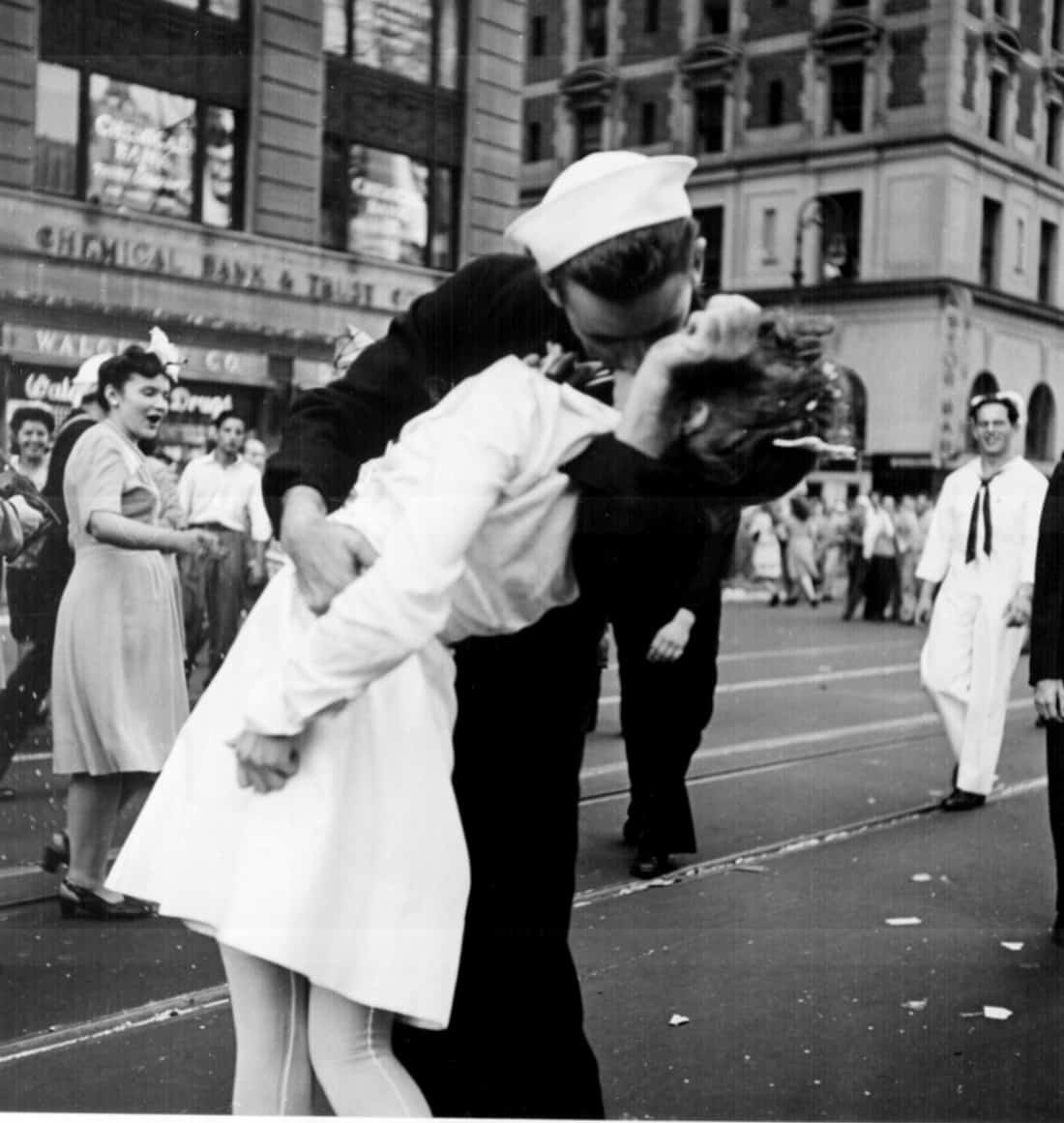The Ultimate Guide To Framing Streets
The Ultimate Guide To Framing Streets
Blog Article
A Biased View of Framing Streets
Table of ContentsThe 10-Minute Rule for Framing StreetsFascination About Framing StreetsThe smart Trick of Framing Streets That Nobody is Talking AboutThe Best Strategy To Use For Framing Streets4 Simple Techniques For Framing StreetsFraming Streets Things To Know Before You Buy
, generally with the objective of catching pictures at a crucial or touching minute by careful framework and timing. http://ttlink.com/framingstreets1.
, that was motivated to take on a comparable documentation of New York City. As the city developed, Atget helped to promote Parisian roads as a worthwhile topic for photography.

Examine This Report on Framing Streets
Martin is the first taped professional photographer to do so in London with a masked video camera. Mass-Observation was a social research study organisation established in 1937 which aimed to tape everyday life in Britain and to tape-record the responses of the 'man-in-the-street' to King Edward VIII's abdication in 1936 to marry separation Wallis Simpson, and the sequence of George VI. The chief Mass-Observationists were anthropologist Tom Harrisson in Bolton and poet Charles Madge in London, and their very first record was generated as guide "May the Twelfth: Mass-Observation Day-Surveys 1937 by over 2 hundred observers" [] Home window cleaner at Kottbusser Tor, Berlin, by Elsa Thiemann c. 1946 The post-war French Humanist College digital photographers located their subjects on the street or in the restaurant. Andre Kertesz.'s commonly admired Images la Sauvette (1952) (the English-language edition was entitled The Definitive Minute) advertised the idea of taking a picture at what he termed the "crucial moment"; "when type and content, vision and make-up combined into a transcendent whole" - Lightroom presets.
The Buzz on Framing Streets
, then a teacher of young children, associated with Evans in 193839.'s 1958 book,, was significant; raw and frequently out of focus, Frank's images examined conventional digital photography of like it the time, "tested all the official policies laid down by Henri Cartier-Bresson and Walker Evans" and "flew in the face of the wholesome pictorialism and sincere photojournalism of American magazines like LIFE and Time".
Report this page